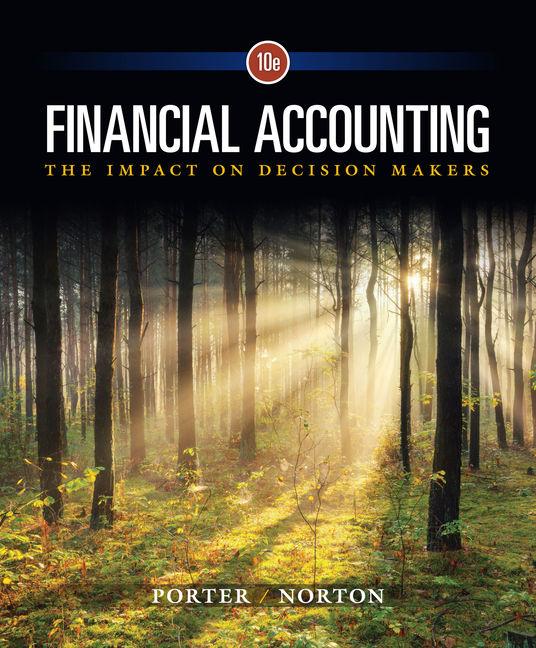Question
Order NowIn this lesson you will practice creating a balance sheet and cash flow statement. You will apply this experience to your own financial statements.
Order NowIn this lesson you will practice creating a balance sheet and cash flow statement. You will apply this experience to your own financial statements. Your balance sheet should look similar to the one found on page 74 of your textbook (Table 3-2). Your cash flow statement should look similar to the one found on page 77 (Table 3-3) of your textbook. For the balance sheet, you should have between 3-4 columns, for the cash flow statement, you should have 3 columns.
Hint: The far-right column on each sheet is a percentage. Did you figure out where are they getting that percentage from?On the balance sheet, your total assets represent the 100% baseline, so (look on page 74) the total assets were $372, 620→ $372,620/$372,620= 100%. Now we take each individual asset and divide it by $372,620. For instance, cash on hand was 260→ 260/372,620= 0.0006977, move the decimal place twice (because in order to find a percent we need to multiply the number by 100) and that gives you 0.07%; cash on hand represents 0.07% of the total assets. This also applies to the liabilities on the balance sheet. All of the individual liabilities are divided by the total liabilities ($372,620). For instance, the dentist bill due was 120→ 120/372,620 is 0.000322, move the decimal place twice and you have 0.03%; the dentist bill represents 0.03% of the total liabilities. Now for the cash flow statement. It is just like the balance sheet in that we are going to use a number as our baseline. In the income section, it is the total income that represents our 100%. See page 77 (Table 3-3); all of our individual income figures are going to be divided by the total income. For instance, total income is $89,000: Victor’s gross salary is 63,180→ 63,180/89,000= 0.70988, move the decimal places twice and Victor’s gross salary represents 70.99% of the total income. In the expenditures section, the total expenses represent our 100% baseline. All of the individual expenditures will be divided by the total expenses figure. In this case, the total expenses are $89,000. The food expense in this statement is 4,900→ 4,900/89,000= 0.05505, move the decimal place twice and the food expense represents 5.51% of the total expenses.
Complete problem 5 below which is taken from the Do the Math exercises on page 97 of your textbook. Create a balance sheet by using tables in Word or by using an Excel spreadsheet.
Construct Financial Statements. Thomas Green has been a retail sales clerk for six years. At age 35, he is divorced with one child, Amanda, age 7. Thomas’s salary is $36,000 per year. He regularly receives $400 per month for child support from Amanda’s mother. Thomas invests $100 each month ($50 in his mutual fund and $50 in U.S. savings bonds). Using the following information, construct a balance sheet and a cash-flow statement for Thomas. For additional assistance completing this week’s assignment, review the following study guide: Week 2 Study Guide. Garman, E. T., & Forgue, R. E. (2015). Personal Finance (12th ed.).Mason, OH: Cengage Learning.
Step by Step Solution
There are 3 Steps involved in it
Step: 1
Preparing the Cash flow statement as follows Expenditure Amount Percent Income Amount Percent To aut...
Get Instant Access to Expert-Tailored Solutions
See step-by-step solutions with expert insights and AI powered tools for academic success
Step: 2

Step: 3

Ace Your Homework with AI
Get the answers you need in no time with our AI-driven, step-by-step assistance
Get Started


